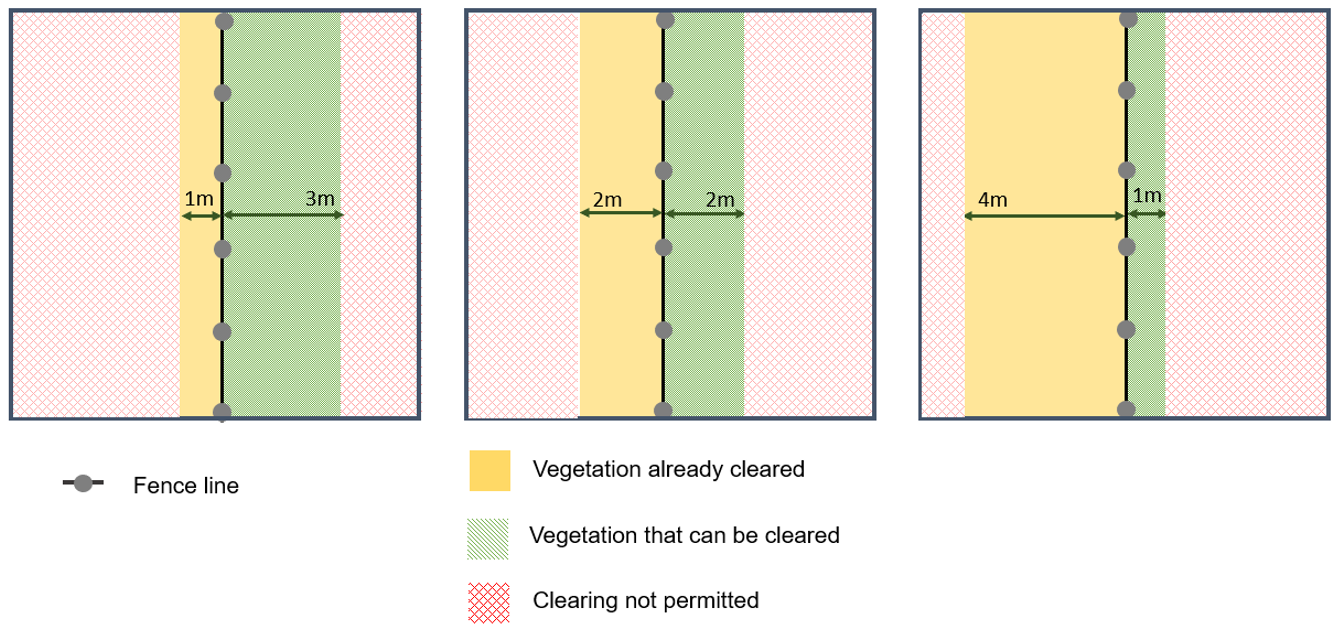Do I need a permit to clear vegetation?
If you want to clear vegetation from your property you may need a planning permit.
Specific exemptions apply in clause 52.12 of Victorian planning schemes. The exemptions allow you to clear vegetation around your property to create or maintain defendable space for bushfire protection without a planning permit.
The vegetation rules are outlined below.
If the exemptions do not apply to your land a permit may be required to clear vegetation. For information about planning permit requirements to clear vegetation contact your local council.
What is defendable space?
Defendable space is an area of land around a building where vegetation (fuel) is modified and managed to reduce the effects of bushfire attack.
Defendable space breaks up, reduces the amount of fuel available to burn during a bushfire, and separates the bushfire hazard/fuel (e.g. vegetation, flammable material) from a building. It helps create a more fire-ready property.
The rules

Before you clear vegetation you should check if the rules apply to your property. You can create a free planning property report from VicPlan, the Victorian Government online planning maps.
This will tell you if your property is in a bushfire prone area, Bushfire Management Overlay (BMO) and what zone and other overlays apply.
VicPlan
Understand the bushfire planning controls
What vegetation do the rules apply to?
The exemptions apply to both native and non-native vegetation.
Covenants, landslide and resources
What if there are legal agreements or restrictions on title?
The exemptions do not apply to legal agreements or covenants that prohibit vegetation removal, destruction or lopping. If a legal agreement or covenant applies, it will be noted on your property tile.
To find out, obtain a recent copy of your property title through Land Use Victoria.
Legal agreements and covenants can be used to secure offsets for vegetation that has been permitted to be removed. Agreements are typically established under section 173 of the Planning and Environment Act 1987 or section 69 of the Conservation, Forests and Lands Act 1987. A covenant can also be applied to vegetation under section 3A of the Victorian Conservation Trust Act 1972.
If a section 173 agreement applies to vegetation you wish to remove, you will need to seek an amendment to this agreement with your local council.
Managing erosion and landslide risk
Vegetation plays an important role in reducing erosion and stabilising soil to minimise the risk of landslides. While you may be able to clear some vegetation around an existing building without council approval to create defendable space, you should consider landslide and erosion risk before you do.
For more information about the risk in your area contact your local council.

